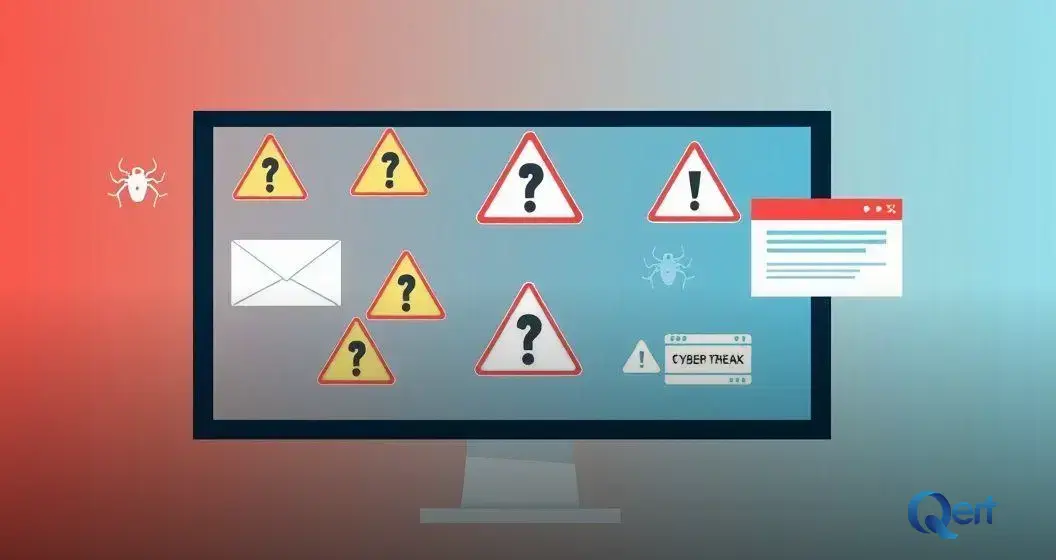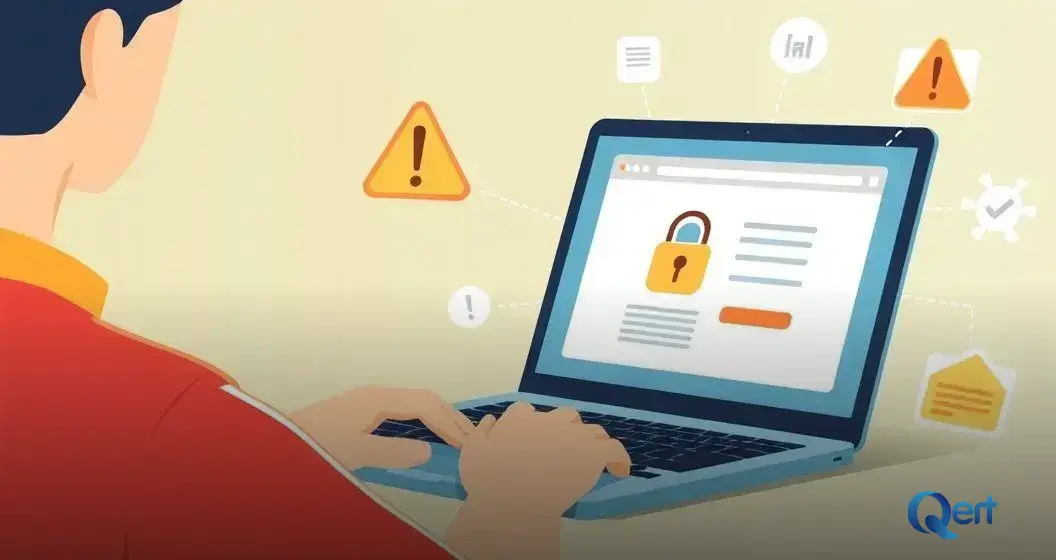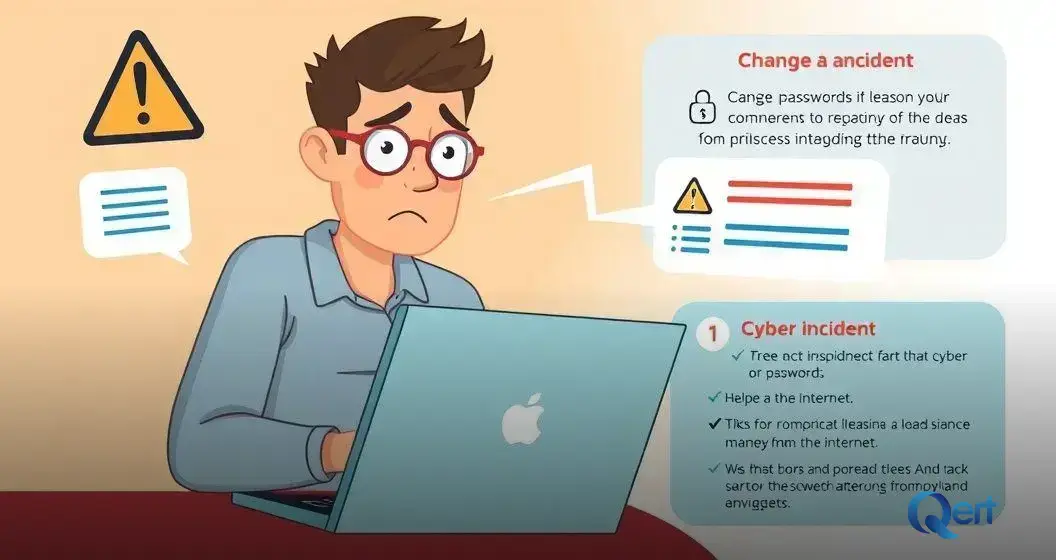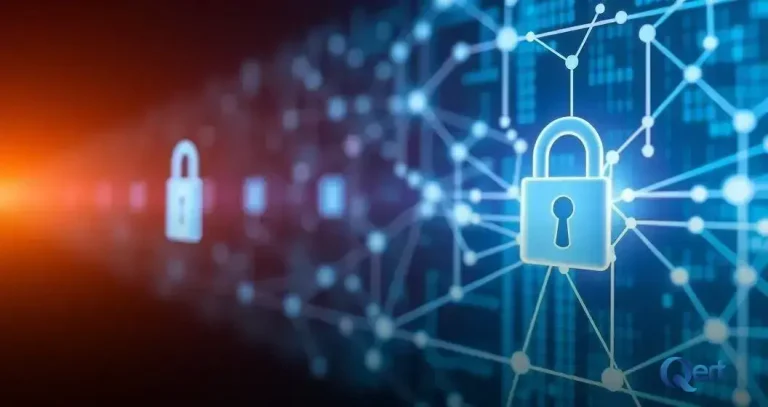ADVERTISEMENT
Cybersecurity basics are essential for your online safety. In today’s digital age, protecting your information is more important than ever. Simple practices can help save you from potential threats.
Every click can lead to risks if you’re unprepared. Learning the fundamentals of cybersecurity can empower you to defend against breaches and attacks effectively. It’s about ensuring your digital life remains secure.
Keep reading to discover easy tips and techniques that everyone can use to enhance their cybersecurity measures.
Understanding Cybersecurity Essentials
Understanding Cybersecurity Basics is key to protecting your online presence. Cybersecurity involves the practices and technologies designed to safeguard your devices and data from attacks. It helps you recognize threats and take the necessary steps to defend against them, keeping your personal and financial information safe.
One important aspect of Cybersecurity Basics is learning about different types of threats. For instance, malware can harm your devices, while phishing scams trick you into revealing personal information. By being aware of these threats, you can better prepare yourself and reduce the risk of falling victim to cyberattacks.
Another essential element of Cybersecurity Basics is practicing good hygiene online. This means creating strong passwords, avoiding suspicious emails, and ensuring your software is up to date. By adopting these habits, you can create a safer digital environment and enjoy your online experience with more confidence.
Importance of Cyber Hygiene
The importance of cyber hygiene cannot be overstated in our digital world. Just like washing your hands helps prevent illness, practicing good cyber hygiene keeps your devices and personal information safe. This means being aware of your online activities and taking steps to avoid risks.
One key aspect is to use strong and unique passwords for each of your accounts. Many people reuse the same password, which can be dangerous if one account gets hacked. By using different passwords and changing them regularly, you help protect your information from unauthorized access.
Additionally, regularly updating your software and devices is essential for good cyber hygiene. Updates often include crucial security patches that fix vulnerabilities hackers target. By staying updated, you ensure that your devices have the latest protections against potential threats.
Common Cyber Threats Explained

Common cyber threats are serious risks everyone should know about to stay safe online. One major threat is malware, malicious software that can infect your devices and steal or damage your data. It can come from downloading apps, clicking on links, or opening attachments from unknown sources.
Another common threat is phishing, which involves fake emails or messages that look like they are from trusted sources. These messages often ask you to provide personal information or click on harmful links. By falling for these scams, you can unknowingly give hackers access to your accounts.
Ransomware is another alarming type of cyber threat. This software locks your files and demands payment to unlock them. It can be devastating, especially if you lose important information. Recognizing these threats is the first step to protecting yourself and your digital life.
Best Practices for Password Security
Best practices for password security are vital for keeping your accounts safe. Start by creating strong passwords that combine letters, numbers, and symbols. A good rule is to make your password at least 12 characters long. Avoid using easily guessable information like birthdays or names, as these can be easily found by others.
Change your passwords regularly, especially if you hear about a data breach affecting a service you use. Even strong passwords become weak if left unchanged for too long. Additionally, consider using a password manager to help keep track of your unique passwords securely.
Lastly, enable two-factor authentication (2FA) whenever possible. This extra layer of security requires you to confirm your identity through another method, such as a text message or email code. By using 2FA, you make it much harder for anyone else to access your accounts, even if they know your password.
Securing Your Home Network
Securing your home network is crucial for keeping your personal information safe. Start by changing the default username and password for your router. Many people forget to do this, making it easy for hackers to access your network. Create a strong password that combines letters, numbers, and special characters to enhance your security.
Next, enable Wi-Fi encryption on your network. Using WPA3 or at least WPA2 encryption prevents unauthorized users from accessing your internet connection. Make sure your network name, or SSID, does not reveal any personal information that could help someone guess your password.
Regularly update your router’s firmware to ensure you have the latest security patches. Most routers have a built-in feature that will notify you when updates are available. Keeping your firmware up to date can help protect against new vulnerabilities as they are discovered.
Safe Browsing Habits

Safe browsing habits are essential for protecting your personal information online. One of the most important rules is to only visit websites that have a secure connection. Look for the padlock icon in the address bar before entering sensitive information like passwords or credit card numbers. If the website starts with “http://” instead of “https://”, it is best to avoid it.
Additionally, be cautious of clicking on links in emails or messages, especially from unknown sources. These links might lead to phishing scams designed to steal your personal information. Always verify the sender before clicking any links, and if something seems suspicious, it’s better to type the website address directly into your browser.
Finally, keep your browser and security software up to date. Many updates include new security features that help protect you from online threats. Regularly updating can prevent hackers from exploiting weaknesses in your browser, ensuring a safer browsing experience.
Recognizing Phishing Scams
Recognizing phishing scams is a crucial part of Cybersecurity Basics for protecting your personal information online. These scams often come in the form of emails or messages that look like they are from a trustworthy source.
They may ask you to click on a link or provide personal information, such as your passwords or credit card numbers. Always be cautious and check the sender’s email address closely, as it may contain slight misspellings or unusual domains.
Another red flag in Cybersecurity Basics is the use of urgent language in these messages. Phishing attempts often create a sense of urgency, telling you that your account will be closed or that you need to act immediately. Take a moment to think before clicking any links or responding. Legitimate companies typically do not ask for sensitive information through email.
Lastly, an essential tip in Cybersecurity Basics is to look for generic greetings in emails. Scammers often use phrases like “Dear Customer” instead of your real name. This can indicate a phishing attempt. If something feels off or seems suspicious, trust your instincts. Contact the organization directly using official contact information to verify any claims.
Keeping Software Up to Date
Keeping software up to date is one of the simplest ways to boost your online security. Software developers regularly release updates to fix bugs and improve security features. These updates help protect your devices from new threats. If you ignore these updates, you may leave your system vulnerable to hackers looking for weaknesses.
Most operating systems and applications have settings that allow automatic updates. Enabling this feature ensures that you always have the latest version without having to remember to check manually. This can save you time and provide peace of mind, knowing that you are protected by the latest security enhancements.
It’s also important to update not just your computer software but also your mobile apps and other connected devices. Many smart home products, like cameras and speakers, need regular updates to stay secure. By keeping everything up to date, you create a stronger defense against potential cyber threats.
Responding to Cyber Incidents

Responding to cyber incidents quickly is crucial for minimizing damage and protecting your information. If you suspect that you have been hacked or your personal data has been compromised, the first step is to disconnect your device from the internet. This action prevents further unauthorized access while you assess the situation.
Next, change important passwords immediately, especially for accounts containing sensitive information. Make sure to use strong passwords that combine letters, numbers, and symbols. Notifying your bank or credit card company about the incident can also help protect your finances. They can monitor your accounts for any suspicious activity.
Finally, consider seeking help from cybersecurity professionals if the incident appears serious. They can help analyze the breach and assist in recovering lost data. It’s also a good idea to document what happened and how you responded, as this information can be valuable for future reference and improving your security practices.
Without a specific subtitle provided, here is a general structure for cybersecurity basics. Understanding cybersecurity is key to protecting yourself online. Every day, people use the internet, but not everyone knows how to keep their information safe. Cybersecurity covers a wide range of practices that help guard against digital threats.
One crucial aspect is recognizing the importance of strong passwords. Weak passwords can allow hackers easy access to your accounts. By creating complex passwords and changing them regularly, you greatly reduce the risk of unauthorized access.
Staying informed about current threats is also vital. Cyber attackers are constantly coming up with new methods to exploit vulnerabilities. By keeping up with the latest security trends, you can better prepare yourself and protect your digital life.
Don’t miss our article on Technology Insurance and learn how to protect your devices, safeguard your data, and minimize risks in an increasingly digital and connected world.







